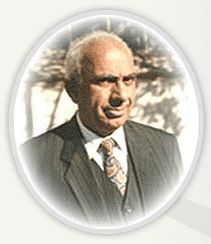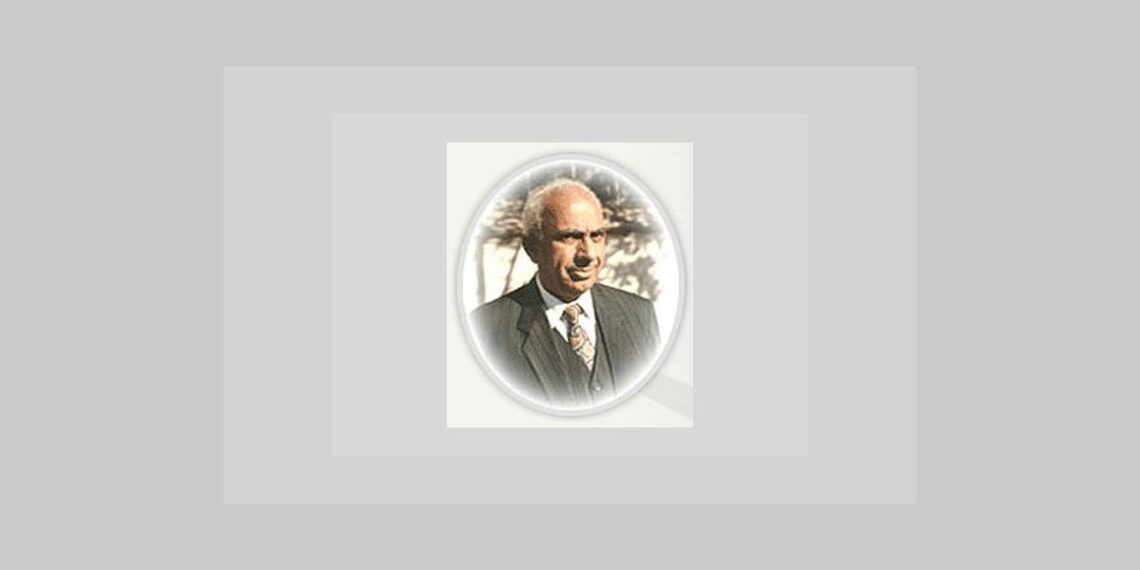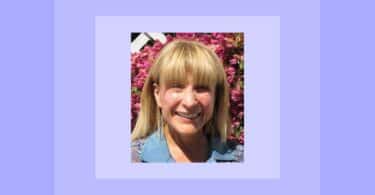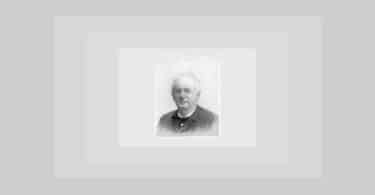
His father, an idealist, became a school teacher against the wishes of his family who wanted him to choose some other means of income. Because his mother was ill, Dr. M. L. Sehgal was taken to another town to be looked after by his maternal grandparents when he was 40 days old. He grew up in an atmosphere of love and care by his grandparents. He was the eldest of two children. His younger brother (Mr. Suraj Prakash Sehgal) got settled in Great Britain with his family and worked there in the Income Tax department. In 1945 he had completed his studies till matriculation (10th standard) in a village school and for further studies he moved to Rawalpindi (now in Pakistan). To continue his studies he did some small jobs.
As the family was not affluent, his father asked him to find some job. He took work in a defence set up in Rawalpindi. Soon came the partition during which his family was settled in Delhi, but while migrating he could not accompany his family due to living in separate cities. For almost six months his family had no clue about him. Upon reaching India, for a short time he stayed in a friend’s house in Jalandhar (border area in India).
It was a hard time for him to start life in an entirely new place and continue his studies. He did his graduation (Bachelor of Arts) in Delhi. His love for Hinduism was strong. In his youth he remained active in many field-like politics, working in Arya Samaj temple and joining Rashtriya Swayamsevek Sangh (National Volunteer Organization).
He married Bimla Makol on 4th December 1955. It was an arranged marriage. He joined M.T.N.L., a telecommunication company, but he had only a desultory interest in his job. At heart he wasn’t happy with the job. He was a man of honesty and dignity. Whatever assignment he took in hand, he would do it with full determination and honesty.
He was also an active member of a Trade Union and would fight for justice. His senior officers liked him for his dedication and when all other trade union members were suspended his seniors testified in court that they had no grudges against him and that he could join the office. But, for the sake of his other colleagues he refused the offer, and told the management that he will only join the office when all his colleagues will be taken back. Eventually after 6 months, they won the case and he joined the office with other colleagues.
He wasn’t happy to doing a 9 to 5 job, as there was no creativity and it didn’t serve humanity. He was in search of meaningful real work by which he could help people. It was by chance that, he befriended a doctor practicing homoeopathy. In the evening he would visit him and read books and other homoeopathic literature. Seeing his interest in homoeopathy, the doctor advised him to study it and helped him join a homoeopathy course. He kept on visiting his friend’s clinic in the evening and on weekends with his doctor friend, he visited nearby villages to treat patients (between, the period 1971 to 1973). Impressed by his dedication and zeal to study homoeopathy, his doctor friend advised him to leave his job and start homoeopathy as a profession. He grasped the opportunity and this was a turning point in his life. It was like a dream come true to serve humanity. Due to financial responsibilities, he began studying and practicing homoeopathy along with his job.
His passion to learn was so much that he would save money to buy books and medicines from his own savings. He would walk 7 K.m. to the office, buy new clothes only when necessary and meet friends for movies rarely in order to save the money. He didn’t want to burden his family with expenses. Finally, in 1983 he left his job and dedicated his life to homoeopathy. In the same year he laid down the foundation of Dr. Sehgal’s School of Revolutionized Homoeopathy in Paharganj, New Delhi. His work is known as the ‘Sehgal Method’.
His research on understanding the mental state of the patient and the mind rubrics was supported famous homoeopaths like Dr. H. L. Chitkara, Dr. R. K. Kapoor and Dr. D. P. Rastogi, Dr. Medorrhinum Gerhardus Lang (Germany) and others. Besides receiving support there was also a lot of criticism, but it didn’t lower his spirit as he was confident about his work. He was always ready to share his knowledge with others.
He lived a simple life dedicated to homoeopathy. His was determined to serve homeopath until his last breath. He requested of his followers, that if they benefited by his work, they should pass it on to at least 5 other physicians. He studied for many hours and kept on writing. He started getting invitations from different organizations to present seminars. He presented his first seminar abroad in1994 in the Netherlands and subsequently presented in various cities of India, Germany, Italy and Great Britain. He authored the ROH books series I to VIII.
In his lifetime, he enjoyed a large following and was widely admired across the world for his original work in Homoeopathy. His birthday, 23’d February is celebrated in Delhi (India). Every year on his birth anniversary, we organize a seminar in Delhi which is attended by homoeopaths from all over India and neighboring countries.
His health began declining steadily after 2001. Even in poor health he kept on writing. On 29th May 2002, around 4.30 am he died.
Here are some notes found in one of his books, “Who is a Physician?”
- Physician is born and not made. He is the one who, apart from finding suitable medicine for his patient’s ailment, has the power and imagination to perceive what other than the medicine he (patient) needs from the patient’s speech, action and gesture, the signals indicating the remedy.
- A physician is the one who also acts as a father figure and gives confidence to his patient that he is a person who is capable, and assures them that he will take away all their pains and suffering and that patient need not worry so long as his hand is on his head.
- A physician also acts as a mother in whom the patient has the confidence that he is the only person who understands the patient’s problems and has the right solution to helping him solve them.
The loss to humanity that is caused by his death cannot be recouped.
We ALL Miss You




